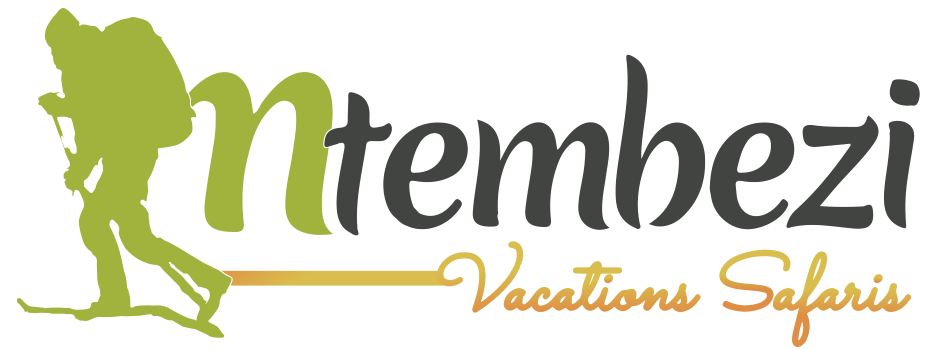Dian Fossey Biography & Gorillas: Conservation of Gorillas
Early Life and Passion for Animals
Dian Fossey Biography & Gorillas: Dian Fossey, born in San Francisco, California, in 1932, exhibited an early fascination with animals. Her love for them became evident when she began horseback riding lessons at just six years old, eventually earning a letter in high school for her riding skills. Despite her deep connection with animals, Fossey initially pursued a different path, enrolling in business courses at Marin Junior College as encouraged by her stepfather.
A transformative experience on a Montana ranch during her summer break, however, reignited her passion for animals. She returned to college as a pre-veterinary student at the University of California. Struggling with the rigorous coursework, Fossey shifted focus, earning a degree in occupational therapy from San Jose State College in 1954.
Fossey’s work in occupational therapy brought her to Kentucky, where she served as the director of the occupational therapy department at Kosair Crippled Children’s Hospital. Living on a farm during this period allowed her to reconnect with animals, nurturing her dream of one day traveling to Africa.
First Steps in Africa (1963)
In 1963, Fossey made her dream a reality. She funded her trip with life savings and a bank loan and embarked on a tour across Kenya, Tanzania, Congo, and Zimbabwe. John Alexander guided her to iconic sites such as Tsavo National Park, Ngorongoro Crater, and the Leakey family’s archaeological digs at Olduvai Gorge.
Her encounter with mountain gorillas in Congo marked a turning point. Accompanied by wildlife photographers Joan and Alan Root, Fossey observed and photographed gorillas in the Virunga Mountains. Learn more about the Virunga Mountains, their unique ecosystem, and their significance in Fossey’s research.
She was captivated by the gorillas’ personalities and behaviours, as described in her book Gorillas in the Mist. Determined to return, she left Africa with an unshakable resolve to study these majestic creatures.
“It was their individuality combined with the shyness of their behavior that remained the most captivating impression… I left Kabara with reluctance but with never a doubt that I would, somehow, return to learn more.”
Meeting Dr. Louis Leakey
Fossey’s passion for gorillas caught the attention of Dr. Louis Leakey, whom she met during a lecture in 1966. Leakey, who also mentored Jane Goodall and Birutė Galdikas, saw potential in Fossey and encouraged her to undertake a long-term study of mountain gorillas. After securing funding and following Leakey’s advice (including an unnecessary appendix removal to test her commitment), Fossey returned to Africa later that year, setting the stage for her groundbreaking work.
Fieldwork in Congo and Rwanda
Fossey began her research in Congo’s Kabara region, where she learned gorilla tracking techniques and developed methods for habituating gorillas to human presence. By imitating their behaviours and vocalizations, she gradually earned their trust. However, political unrest in Congo forced her to flee in 1967. Undeterred, Fossey relocated her research to Rwanda, where she established the Karisoke Research Center in Volcanoes National Park.
Learn more about her work at Karisoke and the facts concerning Dian Fossey, including her pioneering methods and challenges.
Gorilla Conservation Efforts: Launching a Groundbreaking Career in Gorilla Conservation
Fossey’s dedication extended beyond observation to active conservation. As poaching and habitat destruction escalated, she took bold measures to protect gorillas, including dismantling snares, scaring poachers, and funding anti-poaching patrols. Her controversial “active conservation” methods garnered criticism but were effective in safeguarding gorilla populations.
The death of a gorilla named Digit in 1977, killed by poachers, deeply affected Fossey. In response, she founded the Digit Fund (now the Dian Fossey Gorilla Fund International) to raise awareness and support anti-poaching initiatives. Digit’s story became a rallying cry for conservation, transforming global perceptions of mountain gorillas. Learn more about mountain gorilla trekking destinations where Fossey’s work continues to inspire conservation efforts.
Scientific Contributions and Recognition
Fossey’s efforts gained international recognition when National Geographic photographer Bob Campbell documented her work in 1968. These images, showing Fossey interacting with gorillas, countered stereotypes of them as dangerous and highlighted their gentle nature.
Determined to enhance her scientific credibility, Fossey earned a PhD in animal behaviour from Cambridge University in 1974. This academic achievement strengthened her influence, enabling her to secure funding and expand her conservation efforts. Explore Rwanda’s gorilla groups and families, as documented by Fossey and her successors to understand the ongoing impact of her studies.
Legacy: Gorillas in the Mist
In 1983, Fossey published Gorillas in the Mist, an account of her years in the Virunga Mountains. The book emphasized the urgency of gorilla conservation and solidified her reputation as a leading primatologist. A film adaptation, starring Sigourney Weaver, further amplified her message, inspiring global audiences to value wildlife preservation. For those inspired by her story, there are tailored experiences such as the 3-day Gorilla Trek and Dian Fossey Safari and the 4-day Gorilla and Dian Fossey Safari that retrace her journey.
Tragic Death and Enduring Impact
On December 27, 1985, Fossey was found murdered in her cabin at Karisoke. Her death remains unresolved, though theories suggest her conservation efforts may have provoked hostility. She was buried next to Digit in the Virunga Mountains, among the gorillas she devoted her life to protecting.
Dian Fossey’s biography is shown through her legacy with the initiation of the Dian Fossey Gorilla Fund and ongoing conservation initiatives to save these highly endangered mountain gorillas. Her groundbreaking research and unwavering commitment to wildlife protection transformed our understanding of mountain gorillas and underscored the critical need to safeguard endangered species.
As Fossey herself said:
“When you realize the value of all life, you dwell less on what is past and concentrate on the preservation of the future.”

